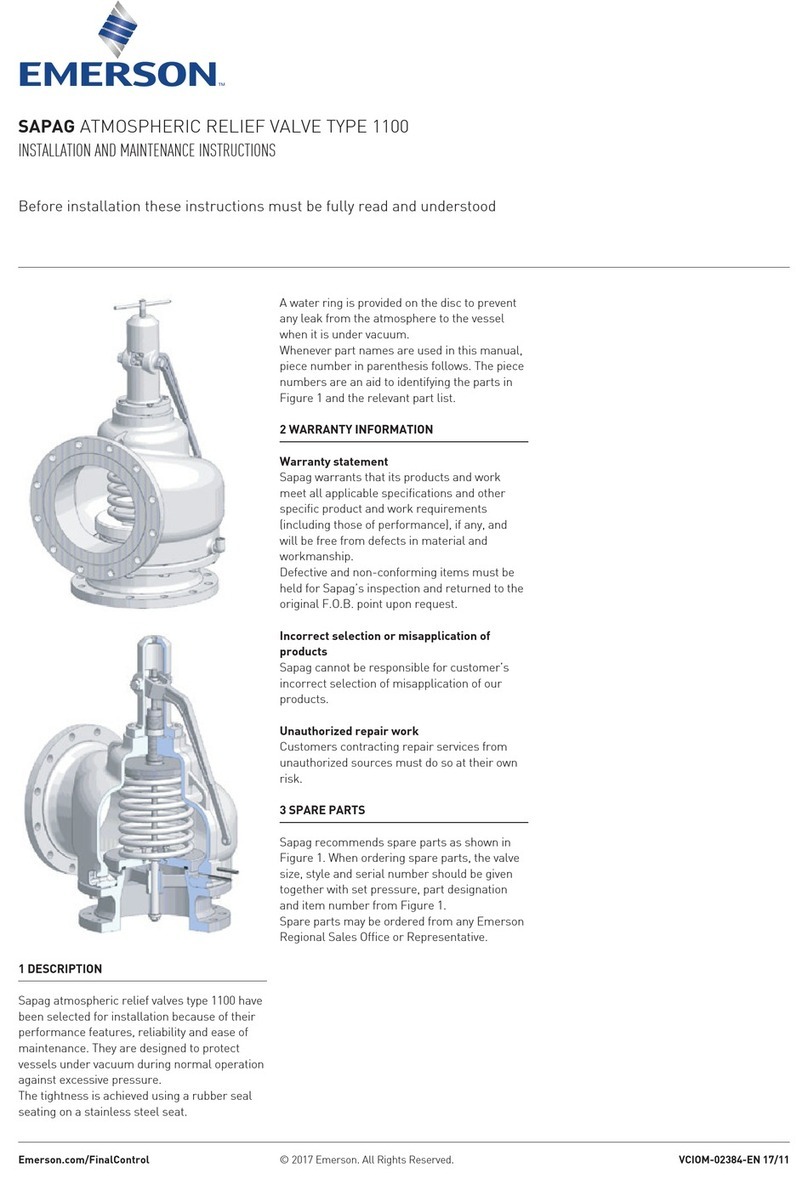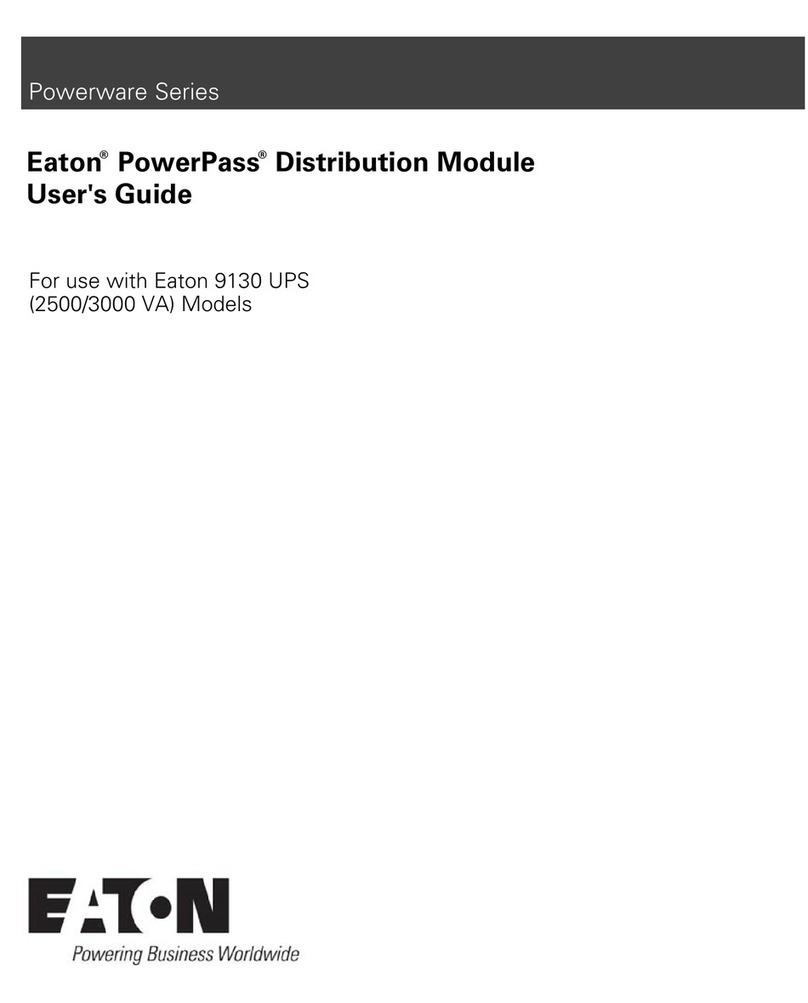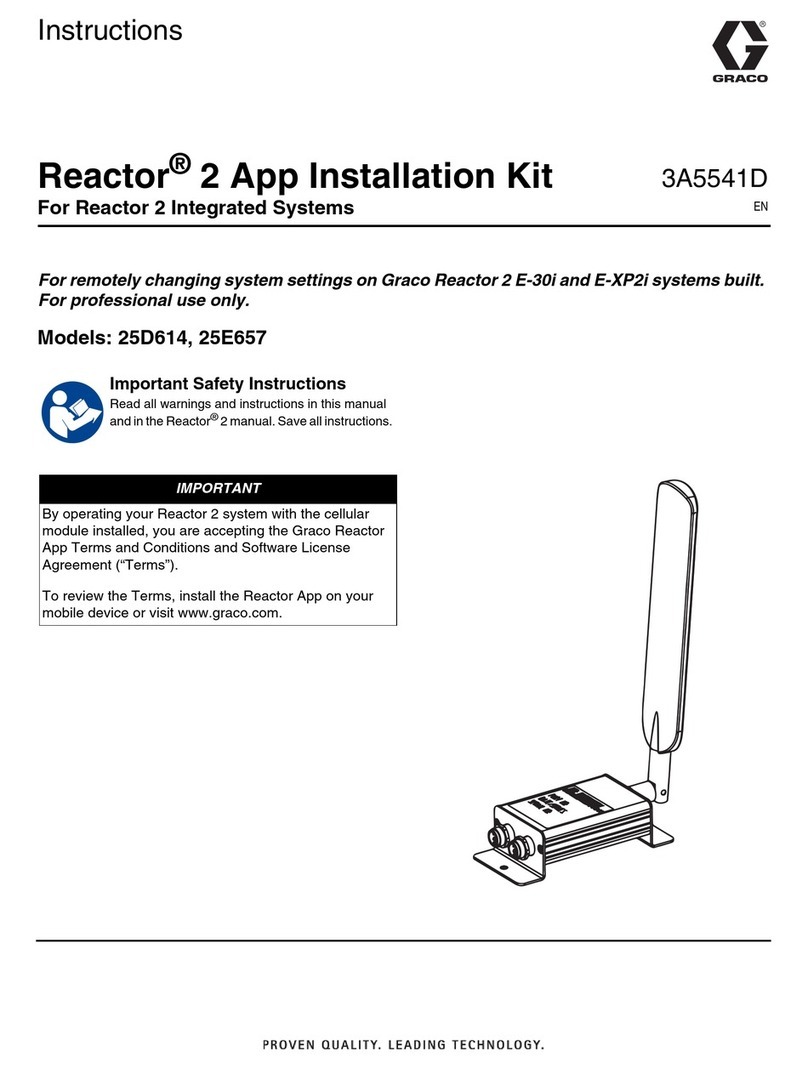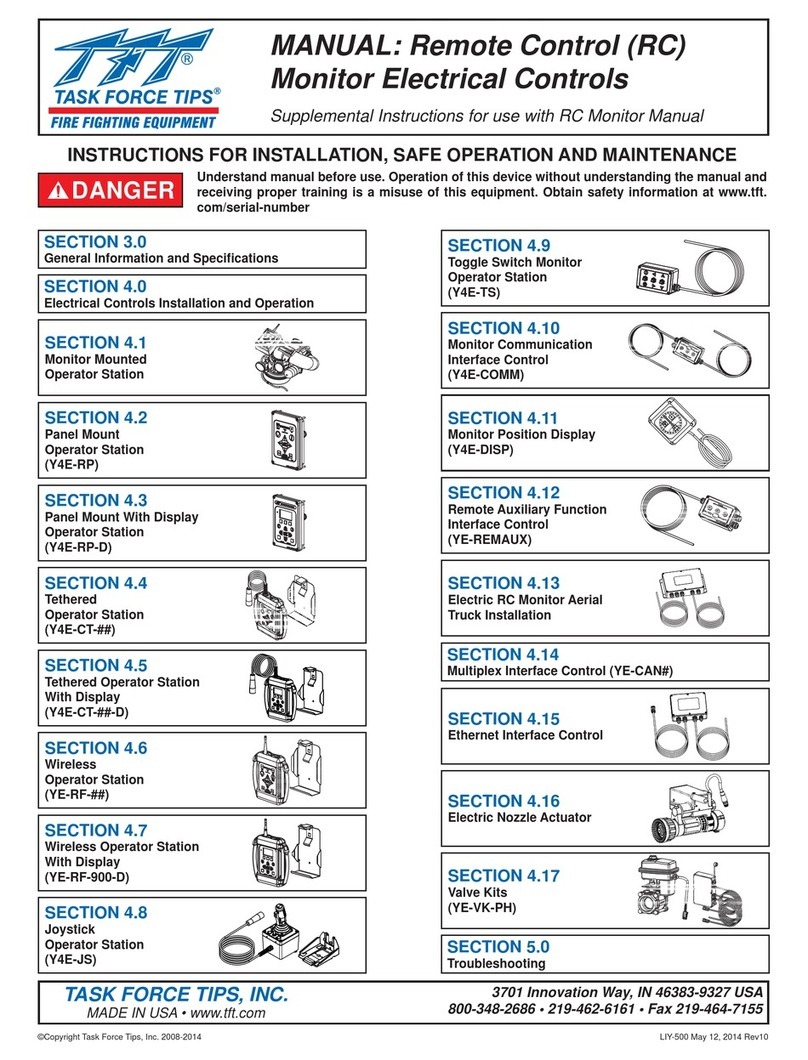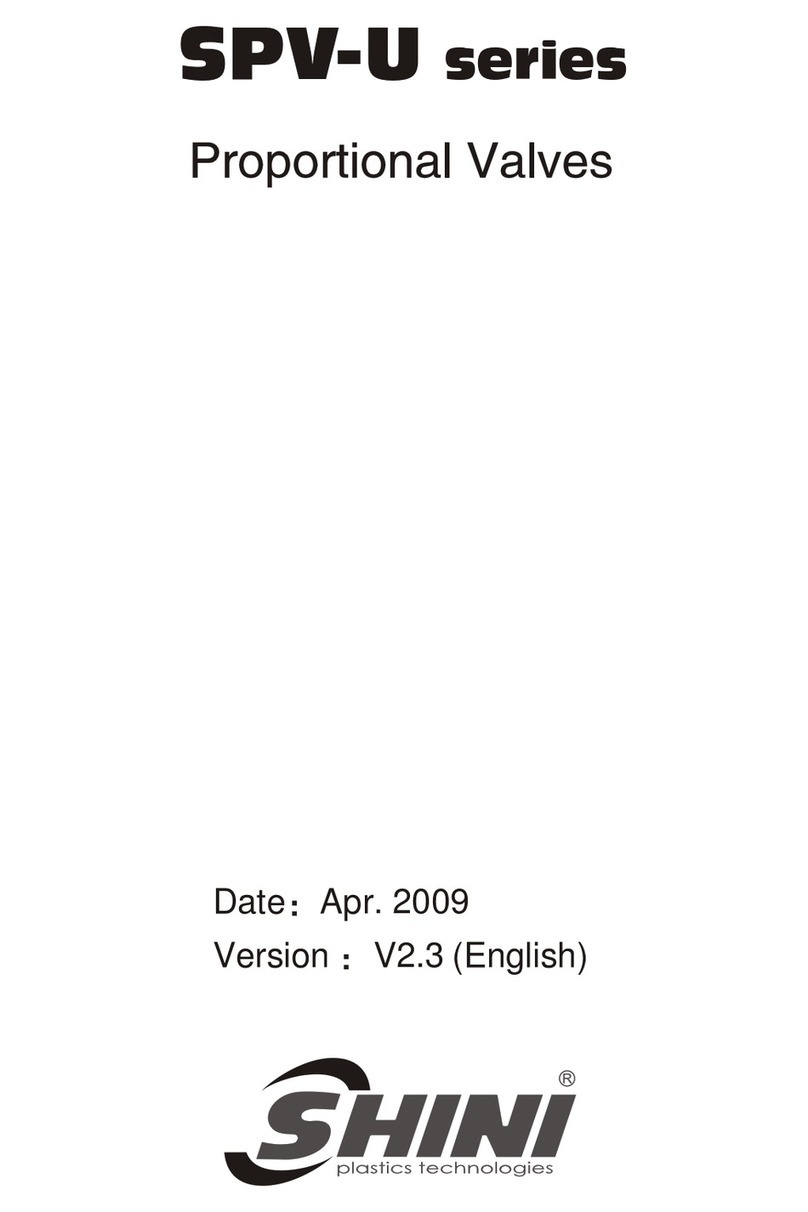Emerson PACSystems VersaMax IC200CMM020 User manual
Other Emerson Control Unit manuals
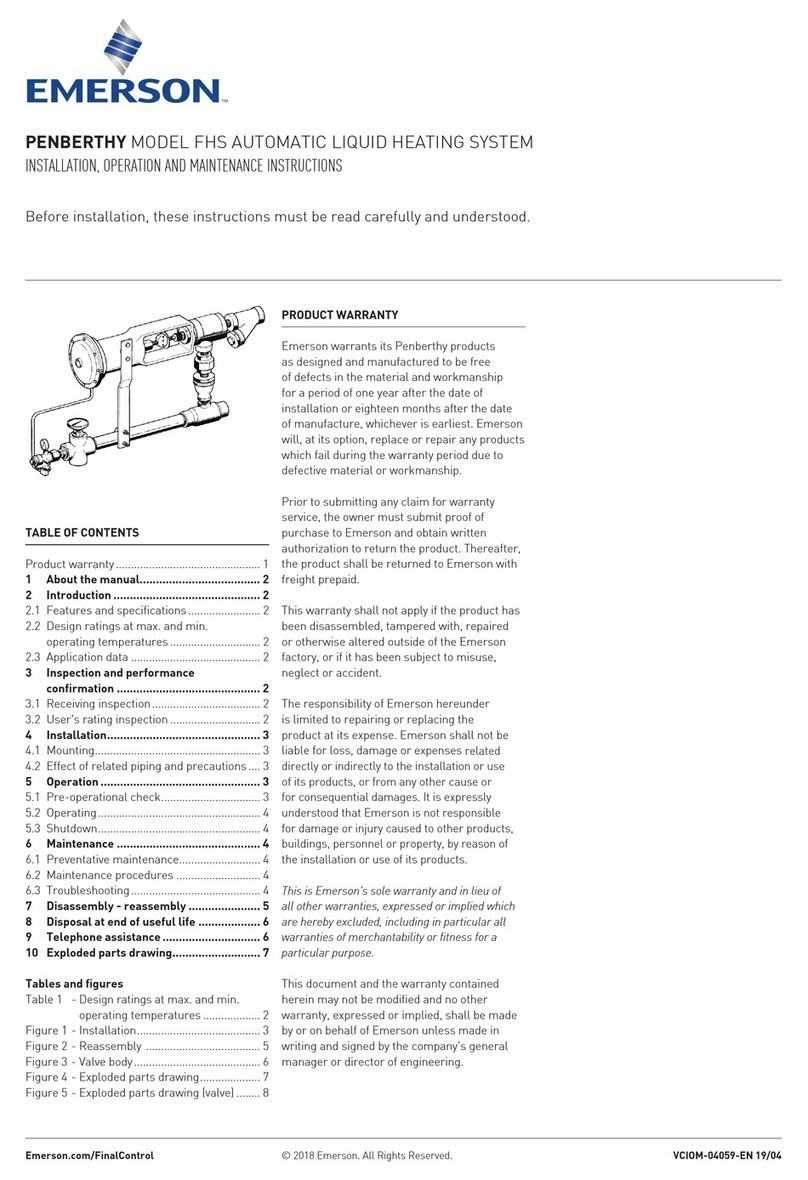
Emerson
Emerson PENBERTHY FHS Manual

Emerson
Emerson OMB User manual

Emerson
Emerson Clarkson ZP300 User manual
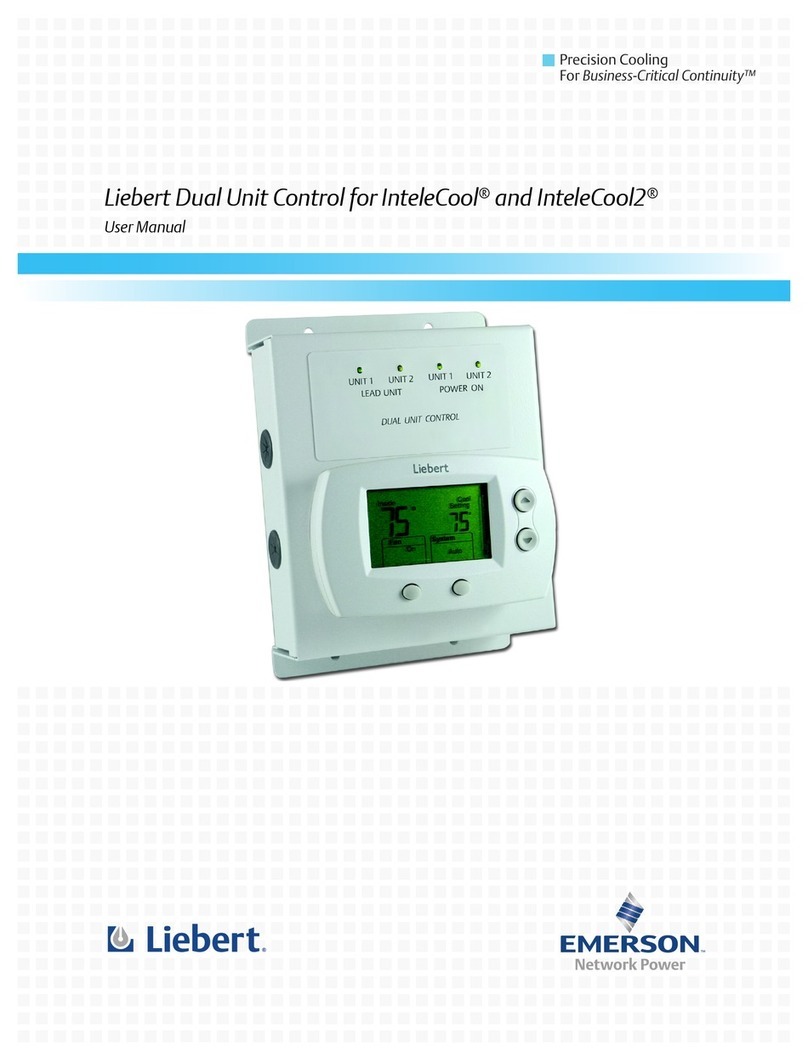
Emerson
Emerson Liebert OpenComms SL-19534 User manual

Emerson
Emerson Baumann 89000 User manual
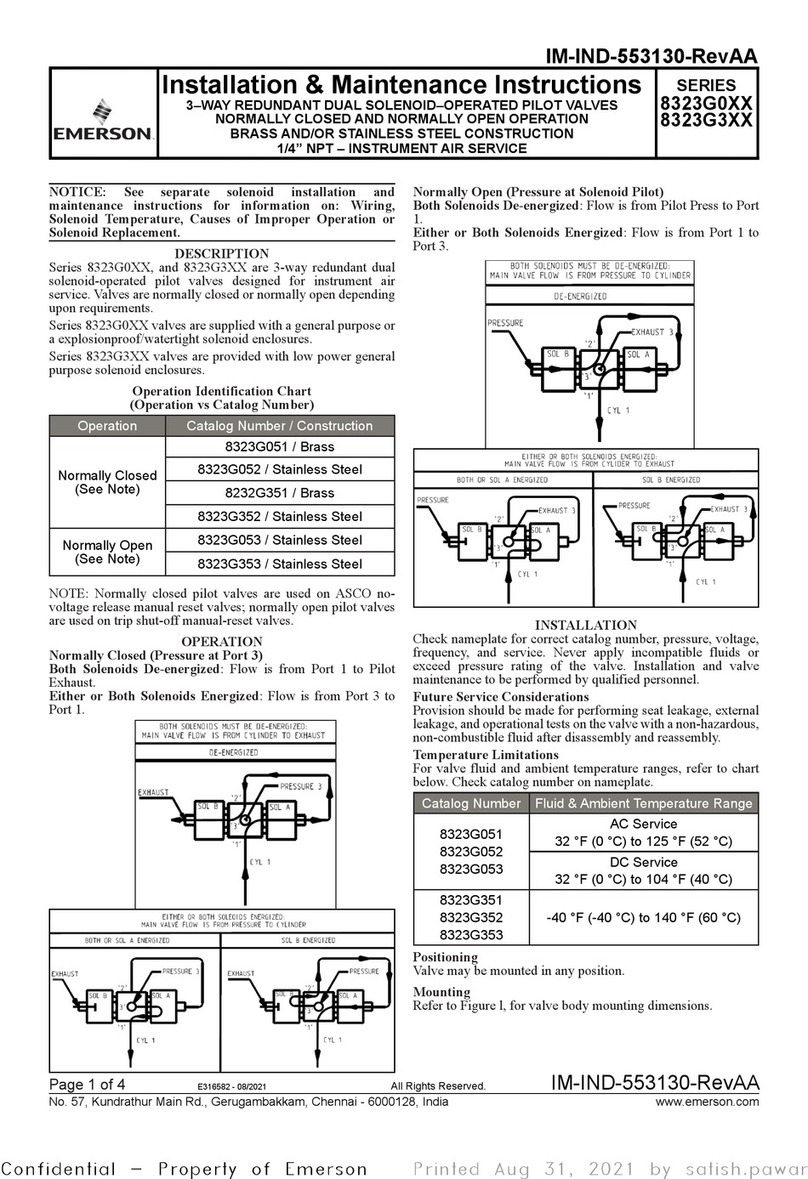
Emerson
Emerson 8323G0 Series Installation and operating instructions

Emerson
Emerson Tartarini V Series User manual

Emerson
Emerson Fisher YD User manual
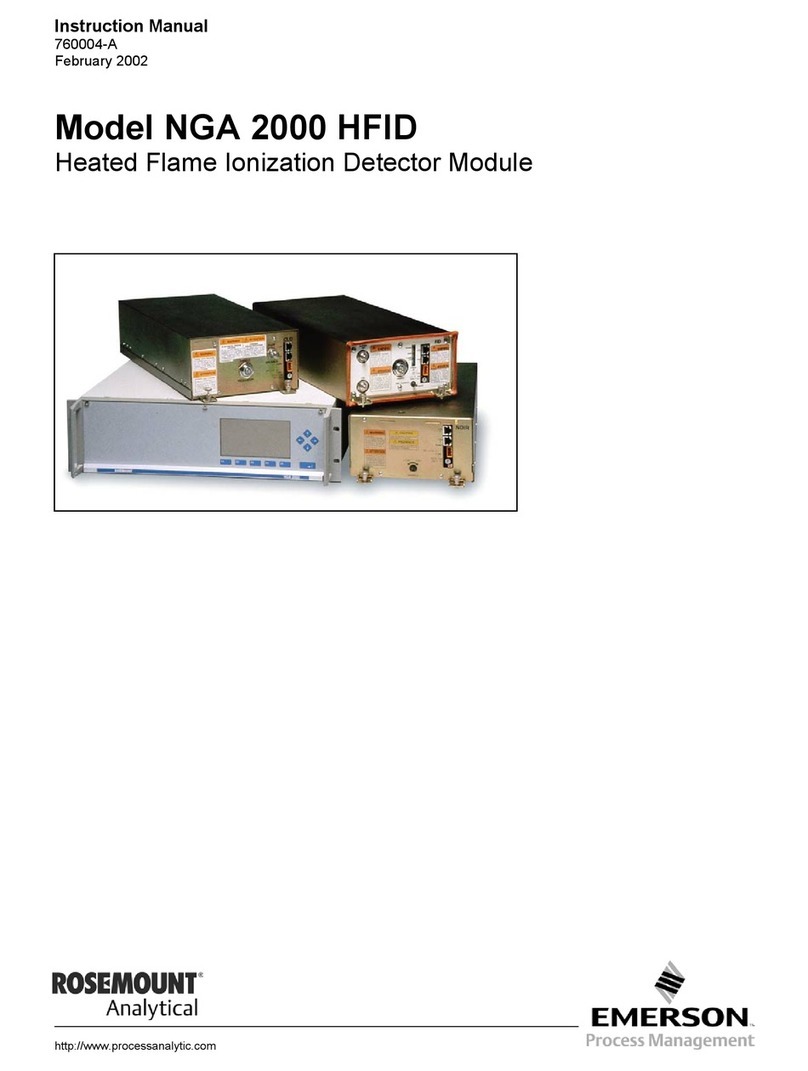
Emerson
Emerson Heated Flame Ionization Detector Module Model NGA 2000... User manual

Emerson
Emerson Fisher V280 User manual
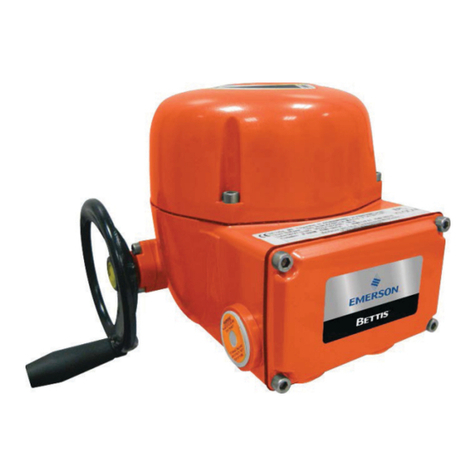
Emerson
Emerson Bettis OM13-SCE300 User manual

Emerson
Emerson Alco Controls CVE-014 User manual
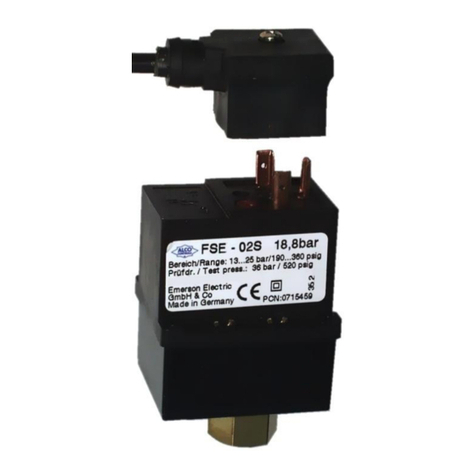
Emerson
Emerson ALCO CONTROLS FSE-0 User manual
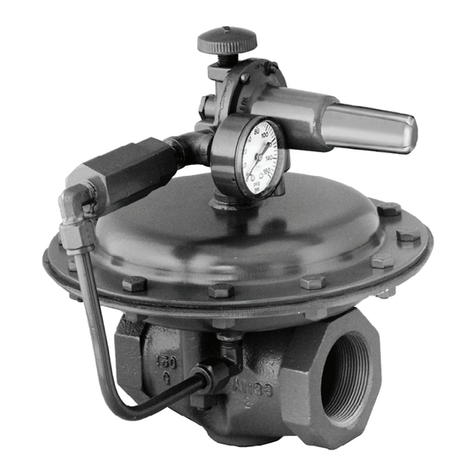
Emerson
Emerson Fisher 1808 User manual

Emerson
Emerson ALCO CONTROLS BVE Series User manual

Emerson
Emerson Fisher Z500 User manual
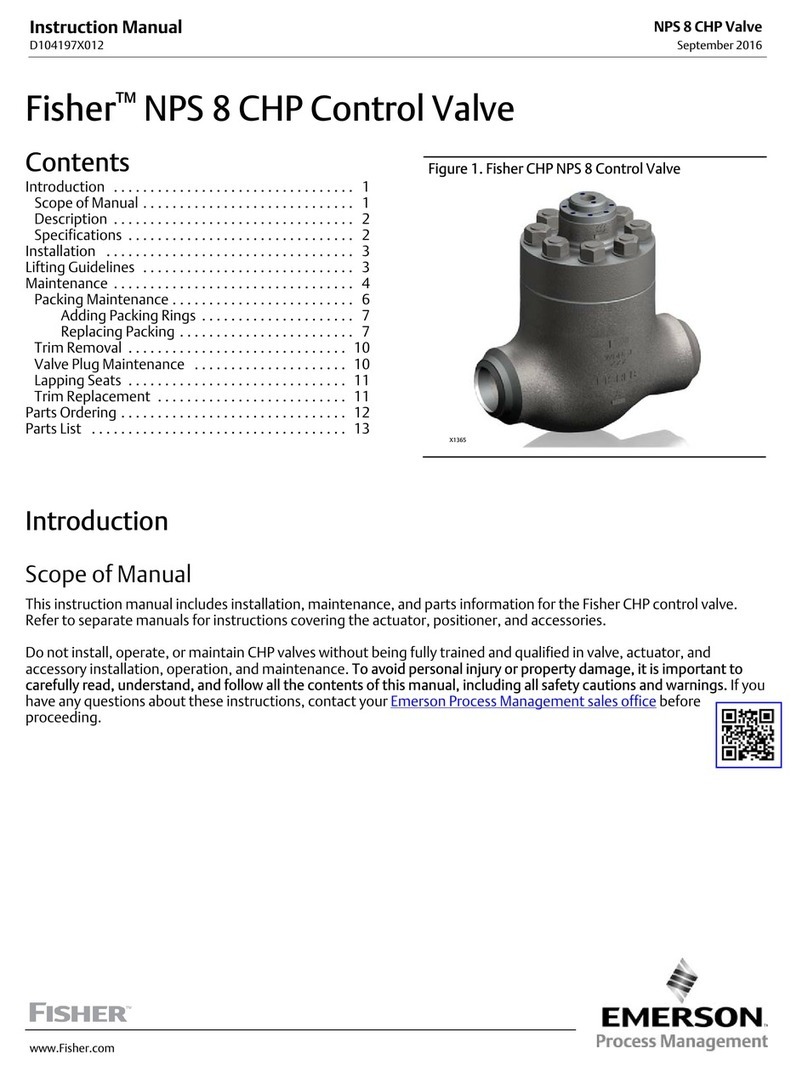
Emerson
Emerson Fisher NPS 8 CHP User manual
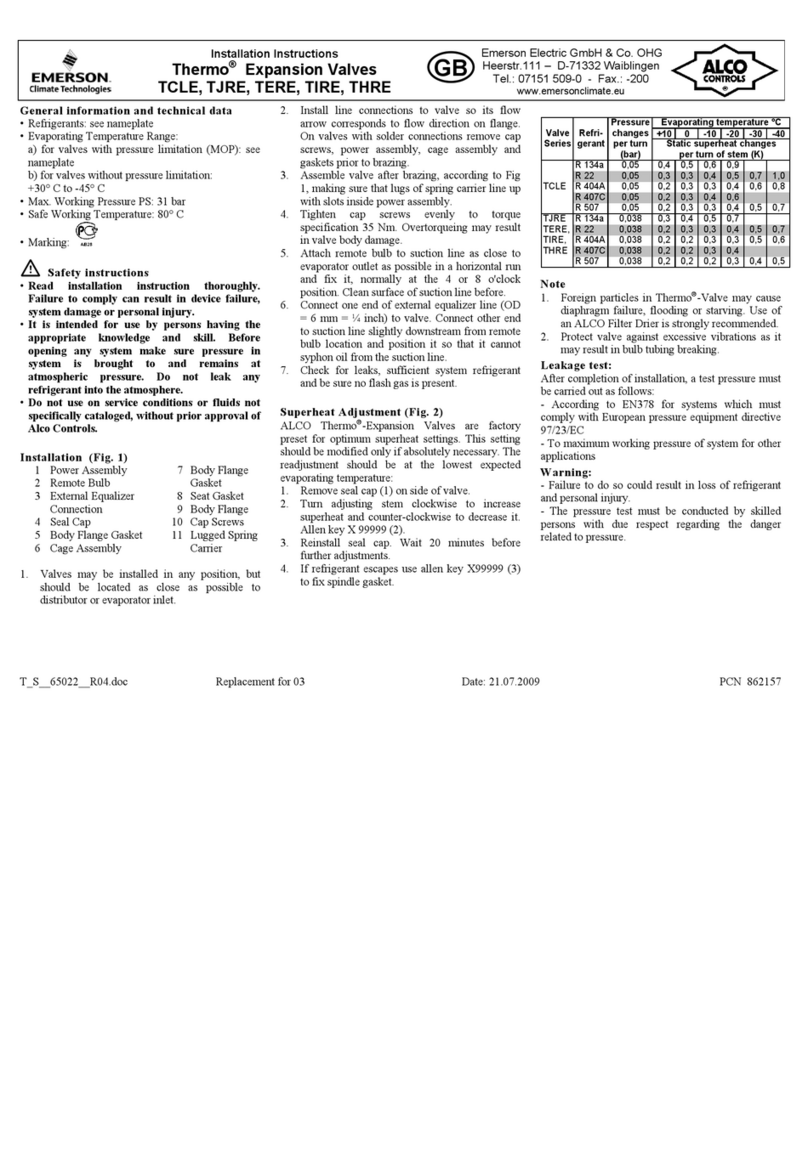
Emerson
Emerson Thermo TCLE Series User manual
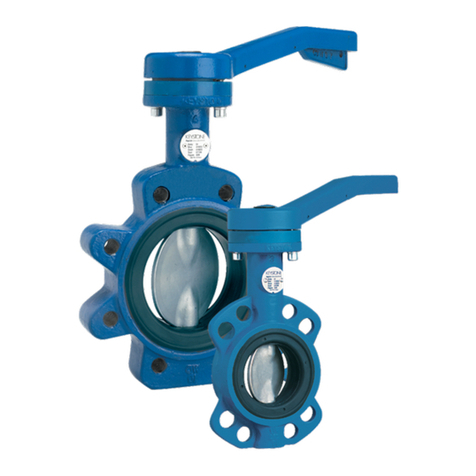
Emerson
Emerson Keystone Figure 320 User manual
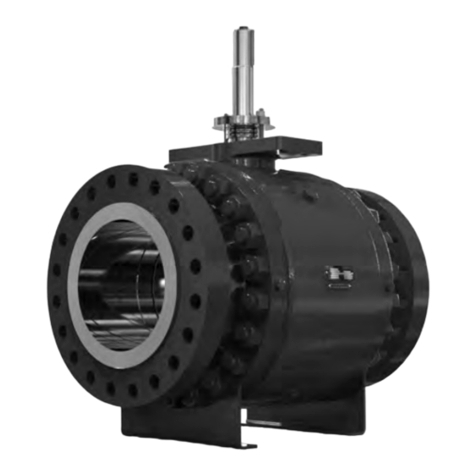
Emerson
Emerson Fisher DSV1000 User manual
Popular Control Unit manuals by other brands
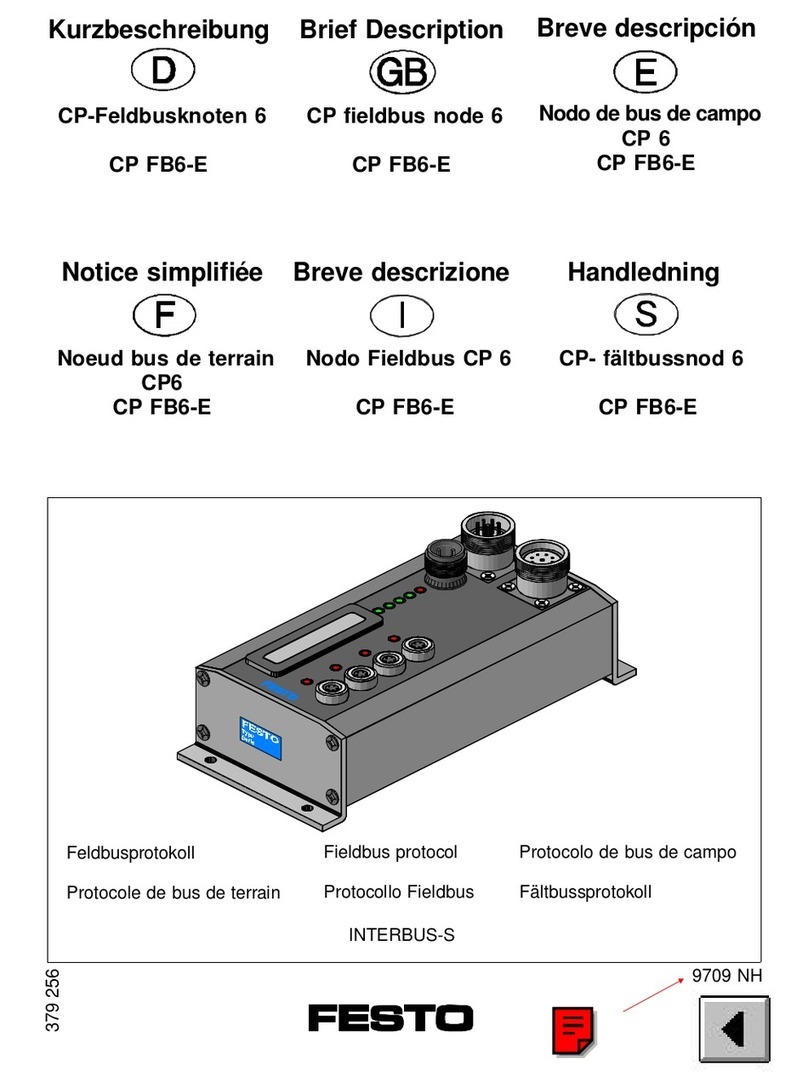
Festo
Festo Compact Performance CP-FB6-E Brief description
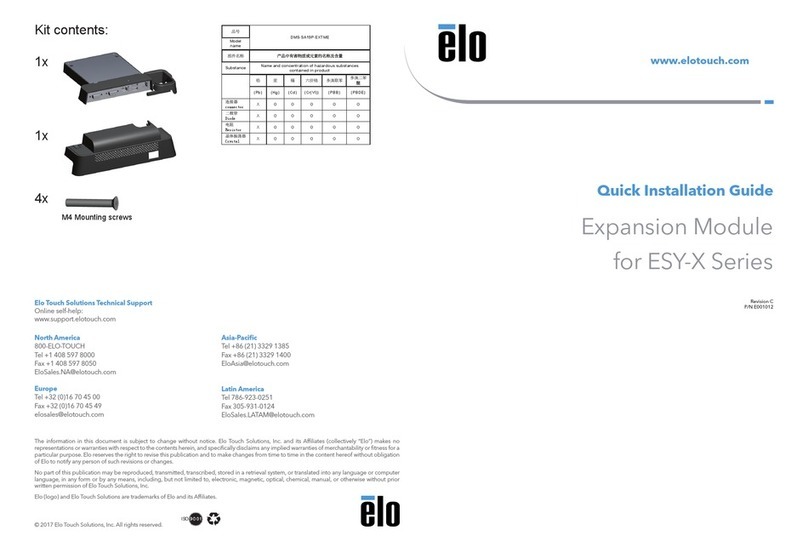
Elo TouchSystems
Elo TouchSystems DMS-SA19P-EXTME Quick installation guide
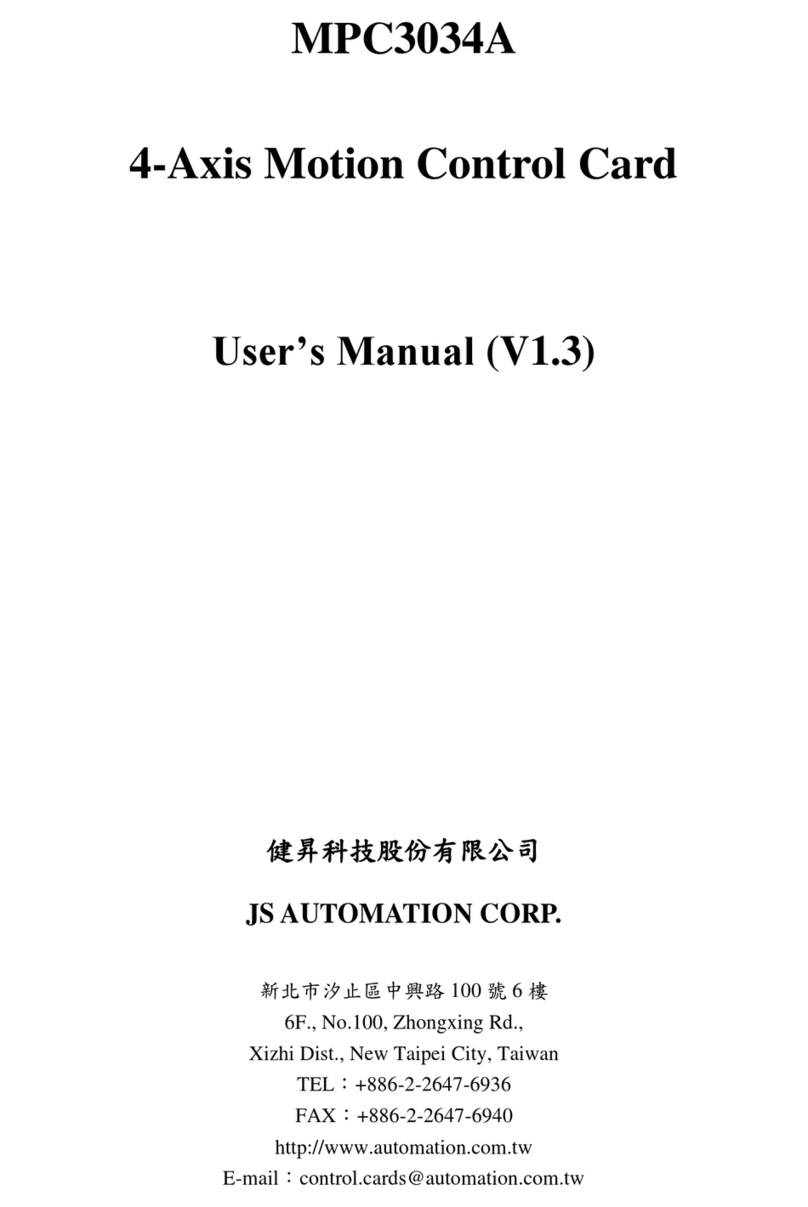
JS Automation
JS Automation MPC3034A user manual
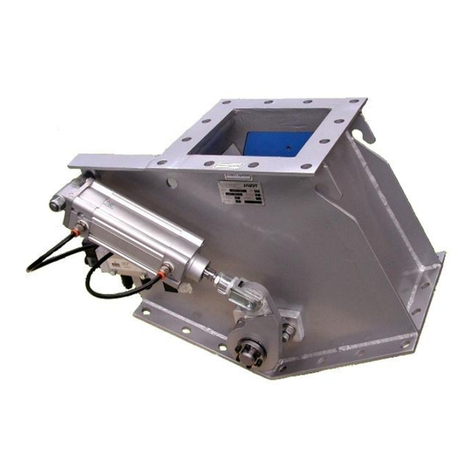
JAUDT
JAUDT SW GII 6406 Series Translation of the original operating instructions

Spektrum
Spektrum Air Module System manual
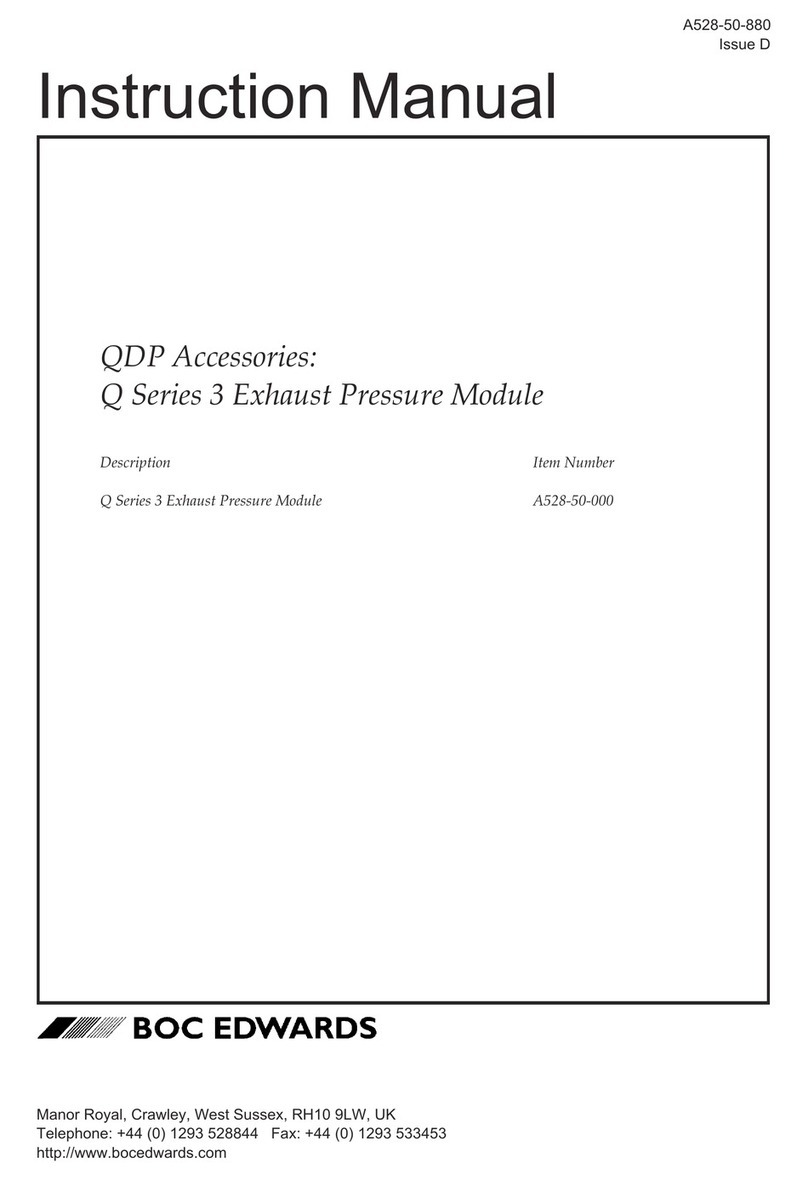
BOC Edwards
BOC Edwards Q Series instruction manual

KHADAS
KHADAS BT Magic quick start
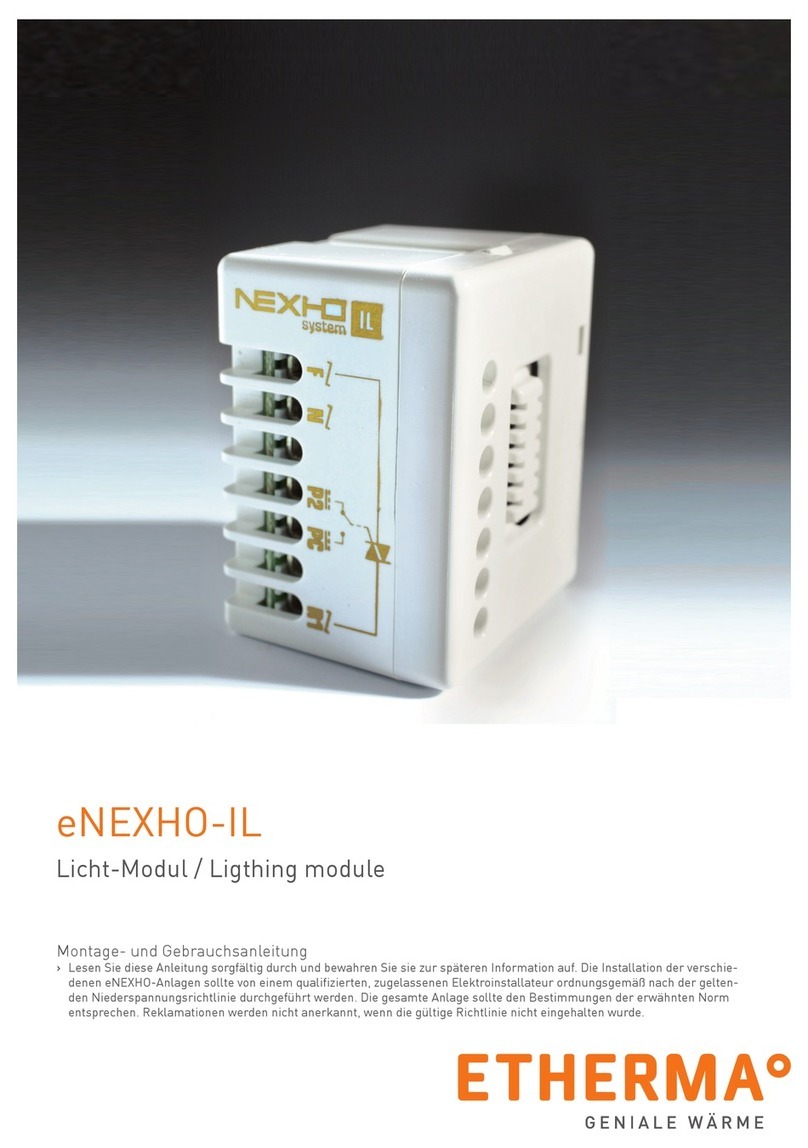
Etherma
Etherma eNEXHO-IL Assembly and operating instructions
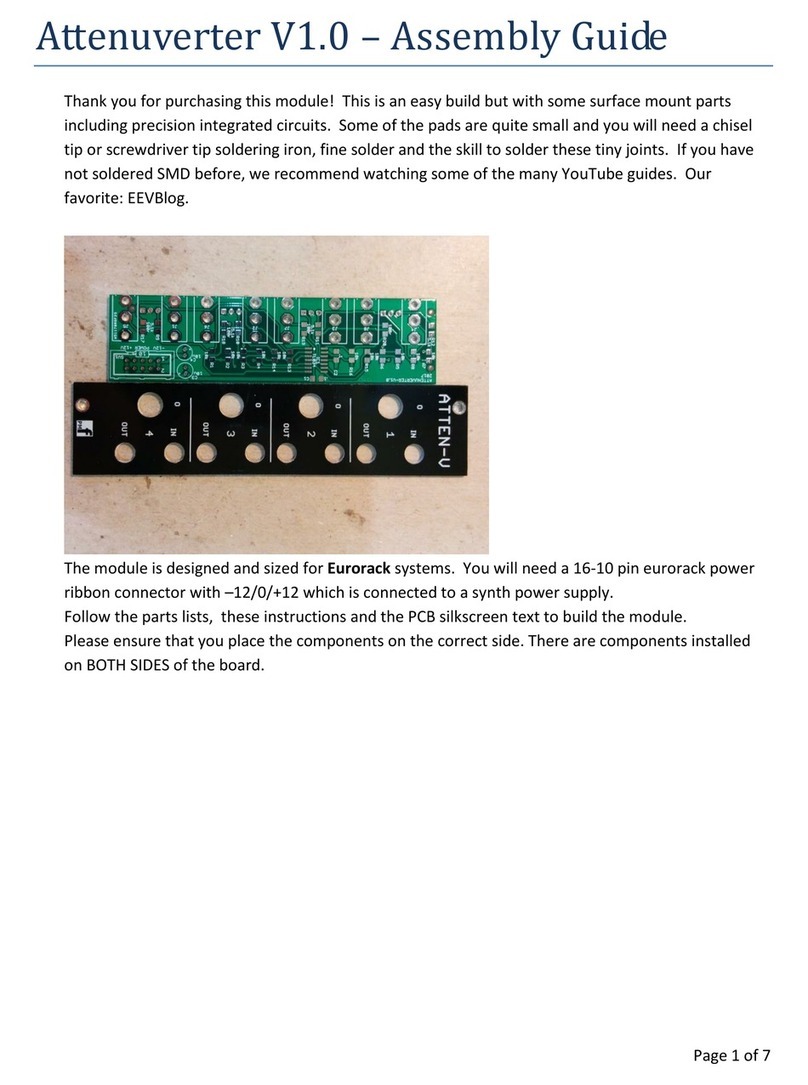
PMFoundations
PMFoundations Attenuverter Assembly guide
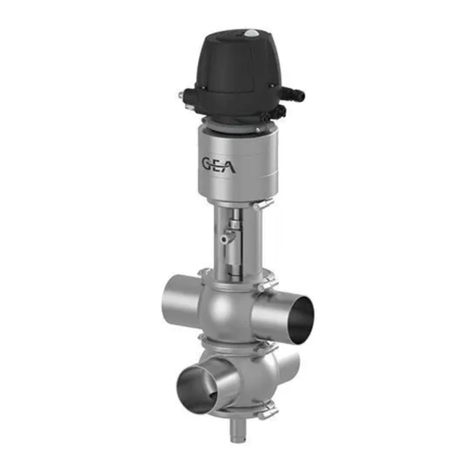
GEA
GEA VARIVENT Operating instruction
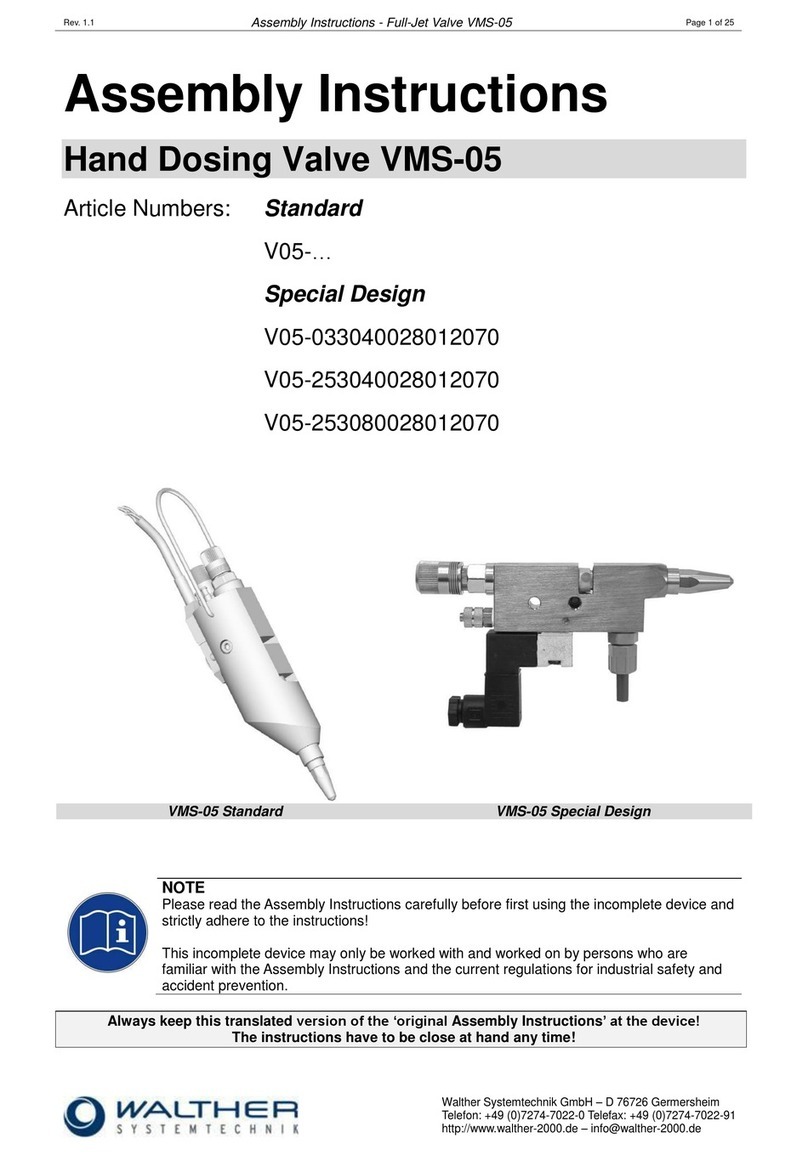
Walther Systemtechnik
Walther Systemtechnik VMS-05 Assembly instructions

Altronix
Altronix LINQ8PD Installation and programming manual
